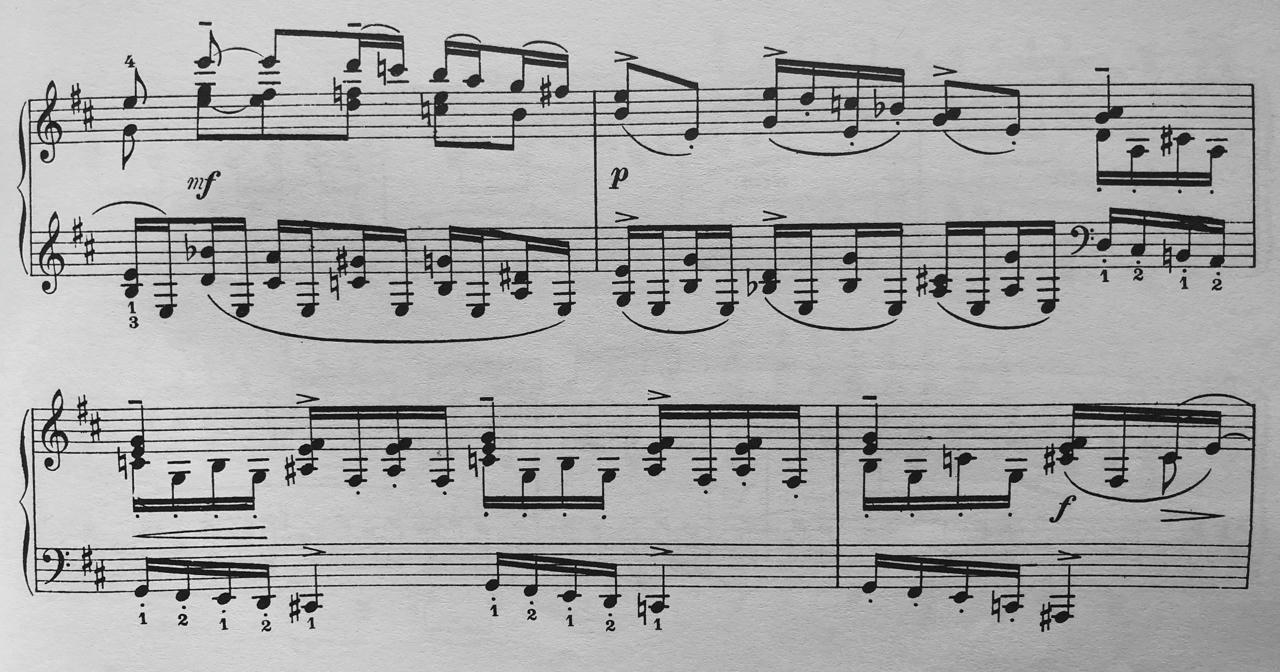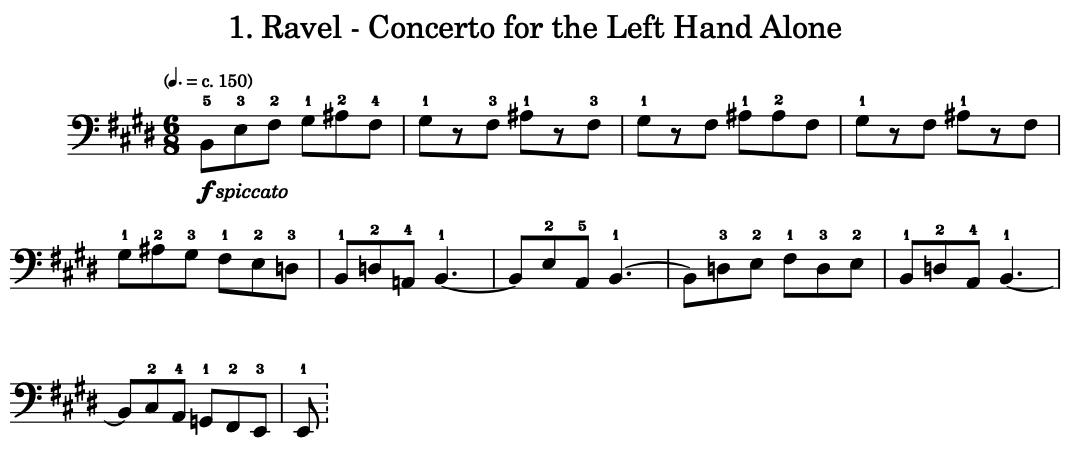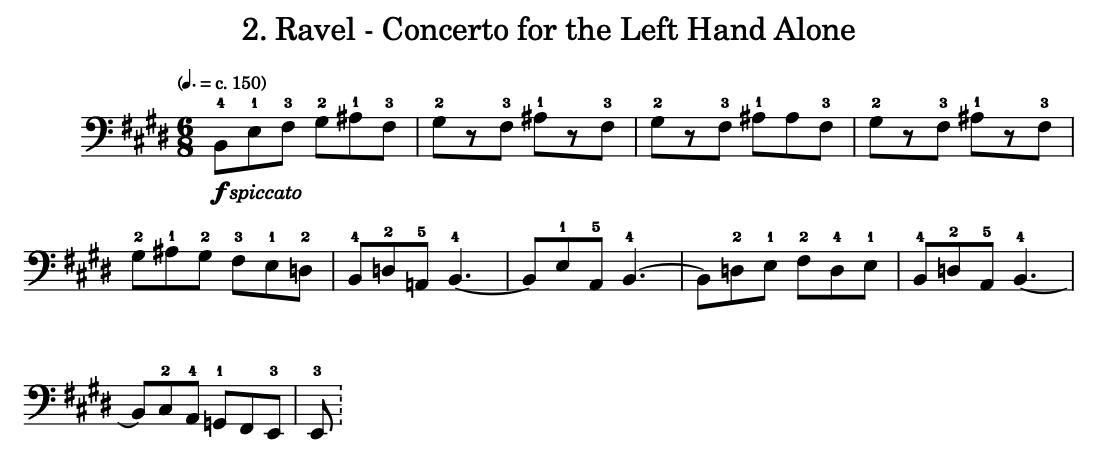Okay, enough suspense. Here is my little essay on fingering. I don't necessarily advocate for the fingerings that follow. I simply want to highlight some interesting choices by accomplished pianists that appear to put musicality ahead of comfort or ease of performance. Make of this what you will;
The first solution to the Beethoven:

This is from Artur Schnabel's edition of the Beethoven sonatas. At first glance this looks kind of ridiculous but it appears as though Schnabel felt it was justified by the musical effect produced by this fingering.
This isn't the only case of an unusual fingering being recommended for musical effect. A similar fingering was recommended by Rachmaninoff in the left hand of his Etude Tableaux, Op.39, No.4. He was clearly after a particular musical effect here and felt it important enough to write the fingering in, something which he wasn't prone to doing.

For me, a much more balanced solution is Barenboim's. He retains some small elements of Schnabel's fingering but his fingering fits under the hands beautifully but also makes sure to prepare the hands for what's about to be played;

Now I want to quote from Penelope Roskell's "The Art of Piano Fingering":
"So far in this book, we have concentrated mainly on how to equalise the fingers in order to achieve a homogenous, even effect in scale and arpeggio playing. However, the fingers are not equal - the thumb is more ponderous and heavy, the fingers more nimble, with the second and third being stronger than the fourth and fifth. At times we have to work hard to even out these differences, but at other times we should exploit them to the full."
She then gives this example of Vlado Perlemuter's fingering for the Ravel example. Perlemuter had a 70 year career as a concert pianist and worked with Ravel personally to prepare for performing his music.

In this example, Perlemuter chose to have the thumb play the first note of each beat, helping to promote the driving rhythm of the music. This leads to some rather awkward moments technically but, again, it appears as though Perlemuter felt this was justified by the musical effect.
This would be a more standard fingering and one that fits more naturally under the hands but which, arguably, lacks the punch of Perlemuter's;

One last little anecdote. When I was at university, a friend of mine was learning one of the Rachmaninoff etudes. However, being a rather short and light framed young lady couldn't quite manage the full sound she was after in some of the bass notes. Her professor told her to play them with the side of her hand (the knuckle of her 5th finger). The result was spectacular. Moral of the story; sometimes the best results come from unusual solutions, and not every solution is appropriate for every pianist.